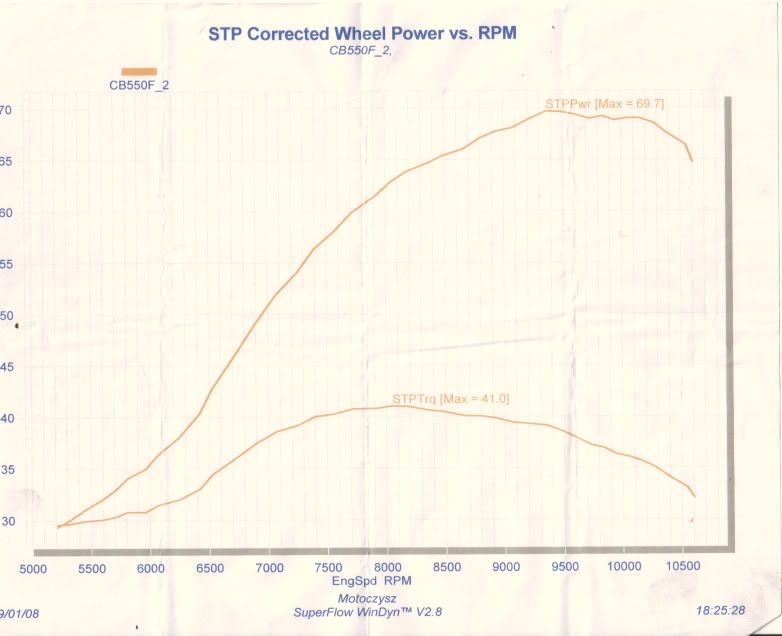I still can't understand why you guys insist it's two different things. It's the same thing, measured differently.
Amount of power available, and frequency of that same power being applied.
while you're right mark, what he's describing makes sense, even if it's based on misunderstanding of the terms. if the sportbike in 754's example has more power, but in a small band, then ultimately it could tow just as much or more up that hill, but would have to be in exactly the right gear the whole time. what he's missing is that the bagger with loads of torque is still making plenty of HP (since it's making all that torque, and more torque automatically equals more HP, as we know), it's just usable in a broader range. but i realize you understand this and are just making a point.
what most people think of the terms we're talking about here is broad low-end torque (twins, singles, long stroke) vs. high-revving top-end HP (multis, short stroke, etc.) engines. it makes sense that people think this way, because they apply their power so differently. even if we aren't all speaking the same language, i'm getting the answer i was looking for anyway, which is what type of power people would rather tune for.
my dyno readout, interestingly enough, begins right around 5252RPM where the two curves cross. according to the guy i got in the argument with, i should shift right around 8200 RPM, right?

the 5 HP past that are meaningless i guess.

to answer my own question: when i build the 718cc engine, i wanted it to have a broad torque band but still have a nice sweet spot up top. going oversquare and higher compression helped achieve this i think. the HP curve still peaks a little sharper, giving me that rocket-like power band at the top, but the torque curve plateaus much earlier. sometimes i wish the powerband was even wider though, which i'd likely accomplish with more compression and a larger bore (more torque).
i still think my strong guy analogy says it well.